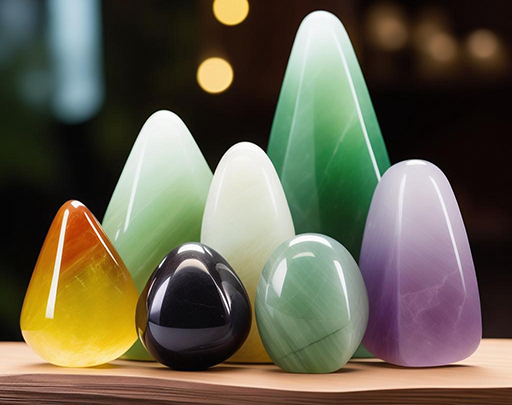
Understanding the Colors of Jade: A Comprehensive Guide
Jade is a gemstone that has captivated civilizations for centuries, prized for its beauty, cultural significance, and variety of colors. While most people might think of jade as simply green, this remarkable stone comes in a stunning array of colors, each with its unique attributes and significance. This article explores the different colors of jade, their types, and their distinctive features.
Type of Jade Colors
Jade, in its two main forms—jadeite and nephrite, can be found in many colors. The coloration of jade is influenced by various mineral impurities within the stone. Here, we will delve into the most common and cherished jade colors, they are Green, Lavender(Purple), White, Yellow, Red, and Black.
Green Jade
Green Jade is perhaps the most well-known and valued type of jade. The rich, vibrant green hue of high-quality jadeite, often referred to as “Imperial Jade,” is highly sought after and can command high prices in the market. This color is primarily due to the presence of chromium. Green jade symbolizes growth, prosperity, and serenity, making it a popular choice for jewelry and ornamental pieces.
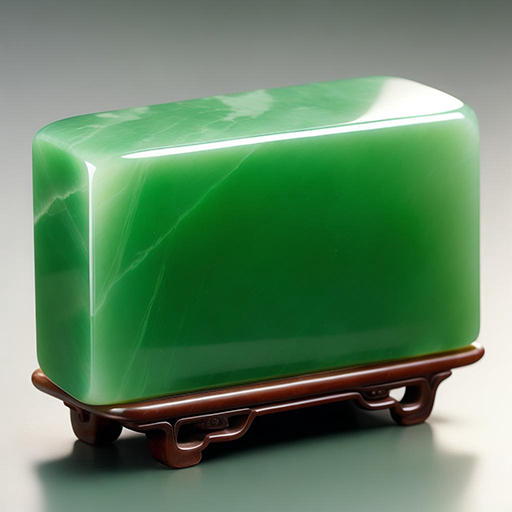
Lavender Jade
Lavender Jade is another highly prized variety, known for its soothing and gentle hue. The lavender color comes from the presence of manganese. This type of jade is often associated with calmness, healing, and spiritual balance. Lavender jadeite, in particular, is appreciated for its pastel-like quality and is often used in fine jewelry.
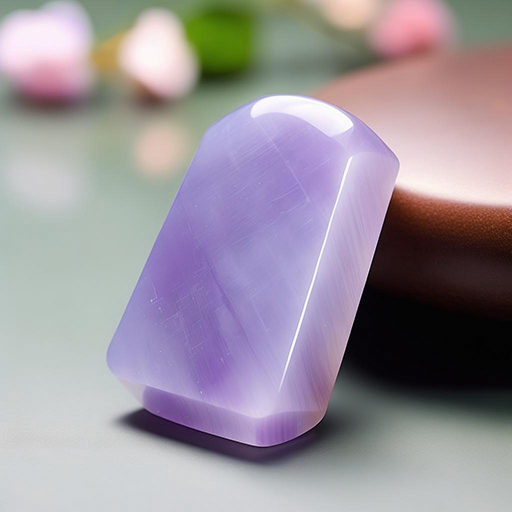
White Jade
White Jade, or “mutton fat jade,” is a variety of nephrite that is highly esteemed, especially in Chinese culture. This type of jade is translucent and has a milky white appearance. White jade symbolizes purity, peace, and harmony. It has been used historically in carvings, amulets, and ceremonial objects due to its serene and elegant look.
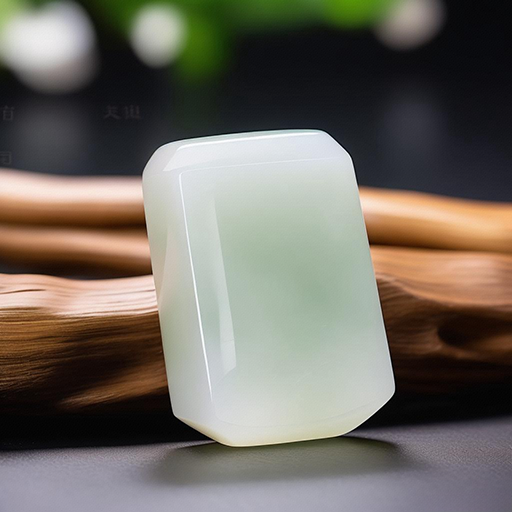
Yellow Jade
Yellow Jade ranges from a light, creamy yellow to a deep, rich golden color. This variation is due to the presence of iron impurities. Yellow jade is believed to bring good fortune, joy, and energy. It is often associated with the sun and warmth, making it a popular choice for uplifting and positive energy pieces.
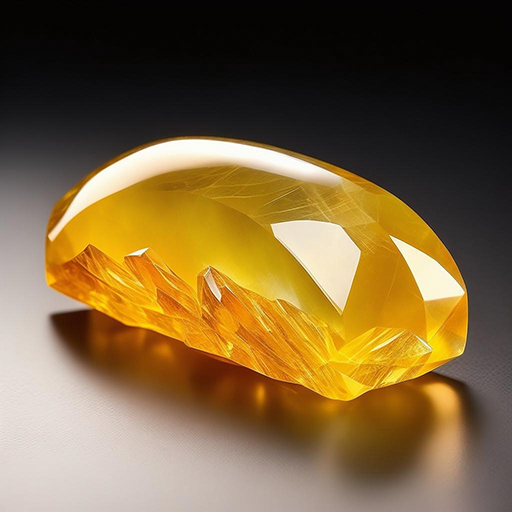
Red Jade
Red Jade is rarer and exhibits a range of colors from pale red to deep russet. This coloration is typically due to iron oxide. Red jade is known for its vibrant energy and is associated with vitality, passion, and strength. It is often used in carvings and jewelry that aim to convey power and courage.
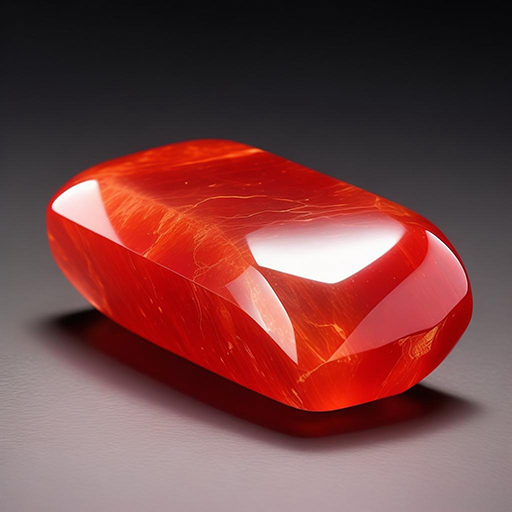
Black Jade
Black Jade is a striking variety that ranges from dark green to jet black. The dark color is caused by the presence of graphite or iron oxide. Black jade symbolizes protection, grounding, and strength. It is often used in amulets and talismans intended to provide protection and ward off negative energies.
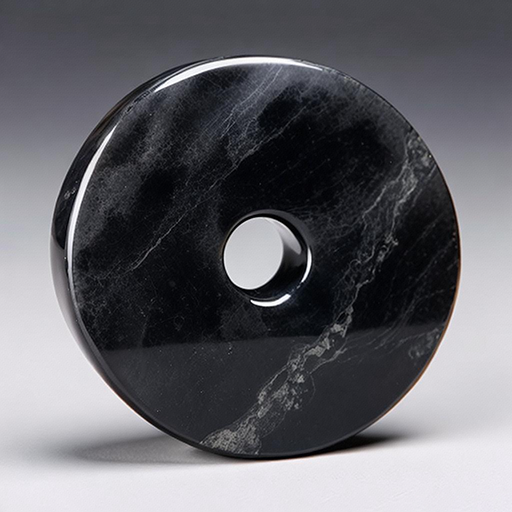
Conclusion
The world of jade is as diverse as it is enchanting. From the deep greens of Imperial Jade to the serene whites and soothing lavenders, each color of jade offers its unique charm and significance. Understanding these colors and their characteristics not only enhances our appreciation for this ancient gemstone but also allows us to connect with its cultural and spiritual meanings.
